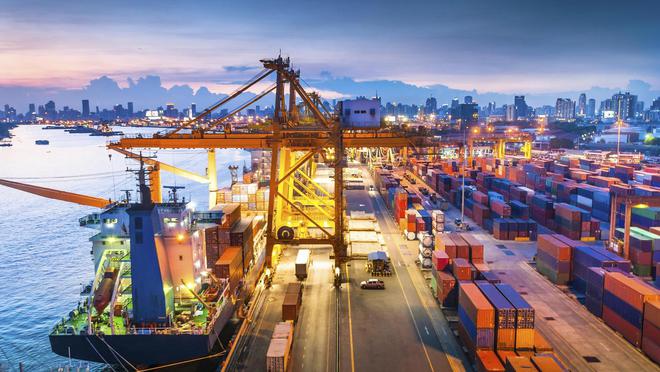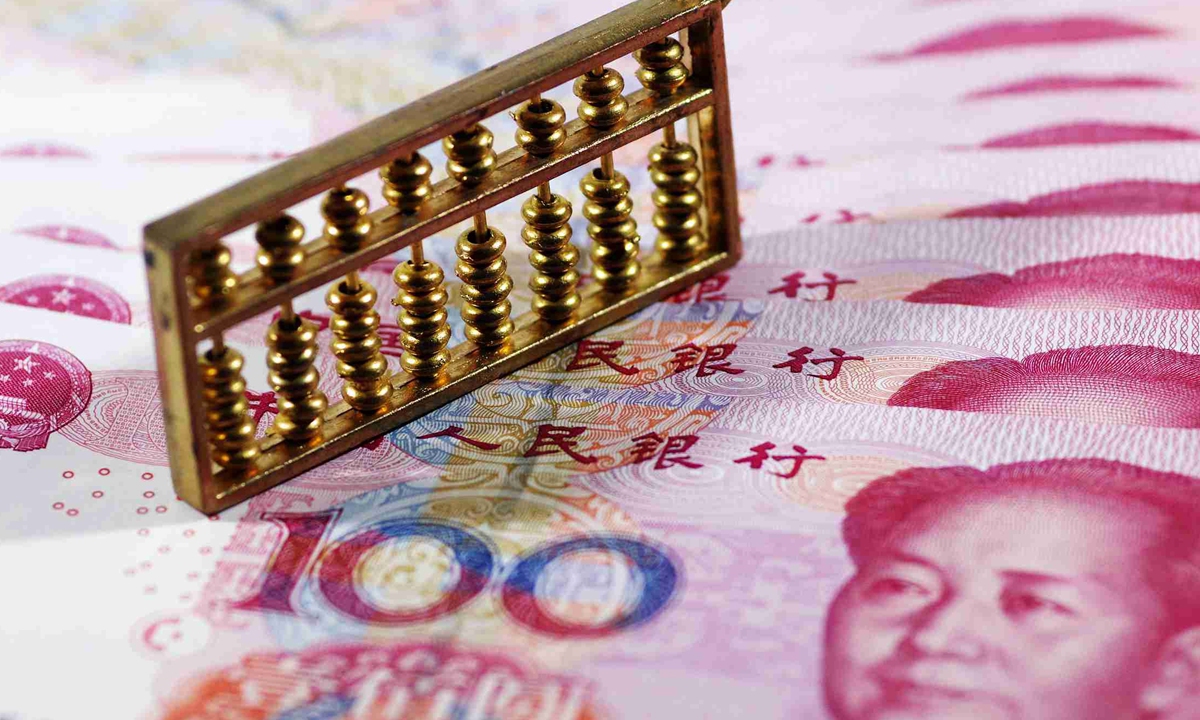Illustration: Tang Tengfei/GT

The eighth China-Russia Expo is scheduled to take place from May 16 to 21 in Harbin, the capital of Northeast China's Heilongjiang Province.
As the highest-level and largest exhibition hosted by the two countries, the expo serves as a significant platform for fostering economic and cultural exchanges between the two nations. In particular, leveraging the China-Russia Expo cooperation mechanism has the potential to breathe new life into Heilongjiang's economic and trade collaboration with Russia's Far East.
A closer connection with Heilongjiang will bring more development opportunities for Russia's Far East, a prospect that offers strong certainty and has high expectations from both China and Russia.
The development potential in Russia's Far East is vast, and with the deepening of China-Russia relations, many believe that the region is poised to emerge as a new bright spot in their cooperation. Not only is the Far East abundant in mineral, forest and agricultural resources, but its superior geographical location, adjacent to the East Asian economic circle, also makes it conducive to economic exchanges with China.
Heilongjiang, which shares a 2,981-kilometer border with Russia, also benefits from a unique geographical advantage, fostering close people-to-people exchanges and strong economic complementarity with Russia's Far East.
Economic and trade cooperation between Russia's Far East and Heilongjiang encompasses various sectors including energy, agriculture, manufacturing and infrastructure. In terms of agricultural cooperation, Heilongjiang's grain production has been combined with the agricultural development of the Far East to enhance regional food security and agricultural modernization.
Moreover, the ongoing enhancement of infrastructure, such as the construction of cross-border railways and roads, has led to a substantial reduction in logistics costs and a significant improvement in trade facilitation levels.
Some Western public opinion has been critical of economic cooperation between China and Russia, often associating it with the Russia-Ukraine conflict. However, the rapid growth of the Asia-Pacific economy has prompted Russia to focus on developing its Far East region. For example, in 2015, Vladivostok was designated as a free port. With significant geopolitical shifts occurring globally, it is clear that the rise of the Far East is an inevitable trend. Therefore, business collaboration between China and Russia in the Far East not only demonstrates the mutual trust and friendship between the two nations but also aligns with economic rules and business sense.
It should be noted that cooperation between China and Russia in the Far East is greatly underestimated, with immense potential waiting to be unlocked. Russia's economic structure, centered around resources, remains relatively straightforward. Also, some development commitments and plans for the Far East have yet to be fully realized, which has led to uncertainty among Chinese investors.
Clearly, the Far East's development necessitates increased external support and collaboration, with China poised to play a significant role. Further opening-up efforts from Russia are essential in various areas to facilitate progress.
First, Russia could further simplify the investment approval procedures, lower the threshold for investment and provide more preferential policies and support for foreign investors.
Second, it could increase investment in infrastructure construction to improve the transportation, logistics, telecommunications and other infrastructure systems in the Far East.
Third, it could encourage in-depth cooperation with China in agriculture, forestry, energy, technology and other areas to promote industrial complementarity.
If China and Russia can jointly accelerate development and cooperation in the Far East, it will be an asset for the stability of the global supply chain and economic development in the Asia-Pacific region and even the world.
第八届中俄博览会定于5月16日至21日在中国东北黑龙江省省会哈尔滨举行。作为两国举办的最高级别和规模最大的展会,该博览会是促进两国经济文化交流的重要平台。尤其是利用中俄博览会合作机制,有望为黑龙江与俄罗斯远东地区的经贸合作注入新活力。
与黑龙江的更紧密联系将为俄罗斯远东带来更多发展机遇,这一前景受到中国和俄罗斯的高度期待。俄罗斯远东的发展潜力巨大,随着中俄关系的深化,许多人认为该地区有望成为双方合作的新亮点。远东不仅资源丰富,还位于东亚经济圈附近,地理位置优越,有利于与中国进行经济交流。
黑龙江与俄罗斯接壤长达2,981公里,也因其独特的地理优势而促进了与俄罗斯远东的密切人文交流和强大经济互补性。俄罗斯远东与黑龙江的经贸合作涵盖能源、农业、制造业和基础设施等各个领域。在农业合作方面,黑龙江的粮食生产与远东的农业发展相结合,提高了区域食品安全和农业现代化水平。
此外,跨境铁路和道路等基础设施的不断完善,大大降低了物流成本,显著提高了贸易便利化水平。
尽管一些西方舆论批评中俄经济合作,但亚太地区经济的迅速增长促使俄罗斯专注于发展远东地区。因此,中俄在远东的商业合作不仅体现了两国之间的互信和友谊,也符合经济规则和商业常识。需要注意的是,中俄在远东的合作潜力被严重低估,有着巨大的潜力等待开发。俄罗斯的经济结构以资源为中心,相对较为单一。此外,一些针对远东地区的发展承诺和计划尚未完全实现,这给中国投资者带来了不确定性。
显然,远东的发展需要增加外部支持和合作,中国将发挥重要作用。俄罗斯应在各个领域进一步开放,以促进进展。首先,俄罗斯可以进一步简化投资审批程序,降低投资门槛,并为外国投资者提供更多优惠政策和支持。其次,可以增加基础设施建设投资,改善远东地区的交通、物流、电信等基础设施系统。第三,可以鼓励与中国在农业、林业、能源、技术等领域进行深度合作,促进产业互补性。
如果中俄能共同加快远东地区的发展与合作,将对全球供应链的稳定和亚太地区甚至全球的经济发展都是一大助益。













